The bluebird is a fan-favorite bird throughout North America. Their sweet sound and small blue bodies make them truly irresistible to bird and nature lovers alike.
This post contains affiliate links for which Expedition Wildlife may receive a commission (where applicable) at no additional cost to you.
I’m biased about my love for bluebirds, as I worked with Western Bluebirds (Sialia mexicana) in Washington State during the few years we lived there. They are, undoubtedly, the sweetest birds.
Read more on why Washington State is perfect for wildlife lovers
What is a Bluebird?
While there are many birds in North America that are the color blue, not all birds are bluebirds.
Scrub Jays, Blue Jays, Great Blue Herons, Blue Grosbeaks, Cerulean Warblers, and others are all stunning in their blue getup. However, bluebirds are the only to have their official, or common, name be “bluebird.”
Bluebirds are in the thrush family, the same as American Robins and other thrushes, such as the Varied thrush, Wood Thrush, or Veery.
All birds in the thrush family have a distinct sound about them: listen to them here. Their flute-like songs are special to hear anytime!
Bluebird Identification
Bluebirds are no larger than the average hand size, so they aren’t terribly big.
Their thin beak is perfect for plucking up insects and berries to eat.
Even bluebird eggs are blue, which isn’t because bluebirds are blue. Instead, this is a special characteristic of thrushes as well as other bird species with open-cupped nests.
Certain bird species have blue eggs because of increased amounts of biliverdin in the bird’s body. Research from the University of Chicago suggests this adaptation allows the perfect amount of light and heat to absorb into the egg for optimal growing.

Our free guide on How to Identify Birds will jumpstart your technique in telling all the birds in this article, and more, apart!
The Three Bluebird Species
There are THREE different kinds of bluebirds in North America, including the Eastern Bluebird (Sialia sialis), Western Bluebird, and Mountain Bluebird (Sialia currucoides).
All are the same size with similar physical characteristics other than their color distribution.
Eastern Bluebirds have a nice blue body with a buffy orange chest that leads up to the bottom of the beak (no blue on the chin).

Eastern Bluebirds have an orange-to-white chin and a nice buffy color that wraps around their neck.
Western Bluebirds look VERY similar to Eastern Bluebirds, only their blue is slightly brighter and a blue band wraps under their chin, touching their buffy orange chest.

Western Bluebirds have a bright blue neck and chin, a distinct color difference from the Eastern Bluebird’s chin.
Eastern and Western Bluebirds are generally not found in the same places in North America, as Eastern Bluebirds are found East of the Rocky Mountains, and Western Bluebirds to the West of the Rockies. There is some overlap in their range in Texas and around the Rockies.
Mountain Bluebirds, you guessed it, fall in the band of the Rocky mountain range through the Western United States, Canada, and Mexico.
They are the only one of the bluebirds that does not have an orange breast. Instead, they’re more of an all-over dusty blue and gray.

Can You Confuse Other Birds with Bluebirds?
The most common birds you can confuse with a bluebird are buntings and swallows, which tend to be a similar size to bluebirds.
Lazuli Buntings and Indigo Buntings are a wonderful blue color. Lazuli Buntings even have a bit of a buffy, or orange, breast like bluebirds. However, their more robust beak gives them away as being in another bird family group altogether.

The Lazuli Bunting has a beautiful blue head and back, with a small amount of orange on its breast. Note the white underbelly and thicker beak.
Swallows, especially the Tree Swallow, have iridescent blue on their head, wings, and back. These birds are also cavity nesters and can tend to nest in similar habitats to bluebirds.
Their shape as they perch and when they fly through the sky is a dead giveaway that they aren’t in the thrush family. Not only this, but they also have lots of white on their breast and belly, of which bluebirds do not have much.
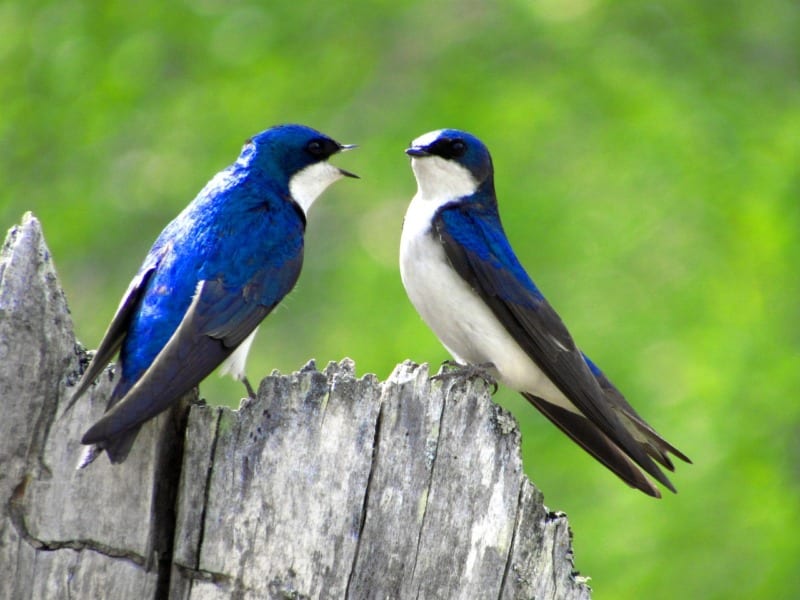
The leaner shape of the Tree Swallow, along with its bright white underbelly and chest, distinguishes this bird from bluebirds.
Use the Thayer Birding Software to aid as a bird identification tool in your birding endeavors.
Bluebird Habitat: Where to See Bluebirds
Bluebirds love grassland and park-type spaces that have grass short enough to search for insects and plenty of perching space.
Too many trees will crowd their line of sight to good feeding areas, so they prefer more open woodlands or semi-treed grasslands.
Oak habitats are some of their favorites, as are farmlands, parks, and vineyards.
Fun fact: more vineyards are starting to put bluebird boxes around their crops to encourage bluebird nesting. Bluebirds prefer to eat the insects around the prized fruits, acting as a natural pest controller.
Of course, keep an eye out for their distinctive blue color, and their song. Or, take note of the special flying tactics that bluebirds use to get their food.
Bluebirds use a technique called “ground sallying,” where they move from a perch to barely touch the ground to collect food, then back to the same perch.
They also hover in mid-air, with their wings flapping rapidly, before gliding down to the ground for food.
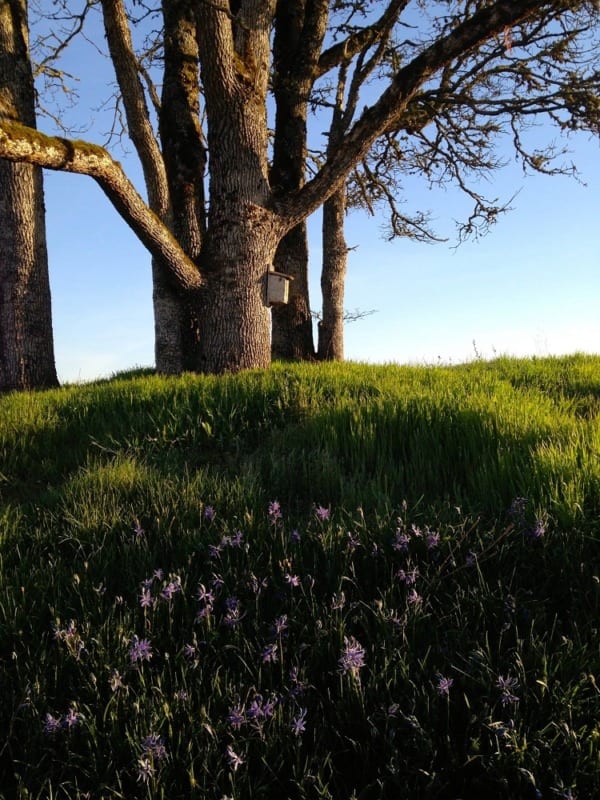
A branchy Garry Oak in Prairie-Oak habitat is the perfect spot to place a bluebird nest box. Photo by Christa Rolls
When to See Bluebirds
Bluebirds are migratory animals and are found in the more temperate regions of the United States and northern Mexico year-round.
Their range extends into the northern United States and Canada for summer, and they migrate south to warmer locales in the wintertime.
The Mountain Bluebird can be found as far north as Alaska in the summer!
While migration times vary year-to-year based on the weather that season, overall, migration starts north in March and begins again south in August.
See the bluebirds’ range maps here.
Migration is a fun time to see bluebirds. They are territorial birds during the nesting season, but when flying north or south, they band together in large mixed flocks for protection and to search for food.
Bluebird Nesting Behavior
These sweet blue birds are cavity nesters, meaning they nest in holes in trees and other structures.
Manmade bluebird boxes, which you can find here, are especially helpful in areas where their natural habitat has dwindled.
When bluebirds are nesting, they’re fairly easy to see any time of day. Their sweet sounds can be heard readily as they forage for insects to bring back to their young.
Young bluebirds get lots of tasty insects when the weather is ideal and bugs are easy to find. Bluebird parents capture worms only if the weather is especially rainy and other insects are hard to find.
If a bluebird is carrying an insect in its mouth during flight, or it’s carrying a white-looking sac, it’s likely got a nest.
Bluebirds assist feed the bird that is incubating eggs, and of course, carry food to their babies.
They also remove fecal sacs, which the babies excrete, to clean up the nest to deter predators as much as possible.

The beautiful blue eggs of a bluebird found in a typical grassy cup nest in a cavity. Photo by Christa Rolls
Making Your Yard Bluebird-friendly
Bluebirds are insect and fruit eaters, meaning they are great at eating those pesky bugs around your yard.
- If your yard has some good open space for bluebird foraging, putting up a bluebird box may be a good option for you!
- In wintertime, providing a hearty snack of mealworms really does the trick to help these insectivorous birds fatten up for the cold weather. We recommend getting mealworms raised from your local feed store rather than purchasing them online from out-of-country.
- Since bluebirds eat both insects and berries, if you plan to attract them to your yard, do not spray pesticides, insecticides, or other chemicals on the food they may eat.
Setting Up and Choosing the Right Bluebird Box
Taking the leap to set up a bluebird box?
This one we linked to above is a great option. If you’re handy, you can also build your own bluebird box.
Proper Box Characteristics
Various bird boxes are different shapes and sizes, and the components found on them differ based on what bird will occupy that box.
Bluebird boxes have a distinct hole size specific to bluebirds, around 1 1/2 inches in diameter.
They do not have a perch, as this encourages perching birds and potential predators. Bluebirds are very adept at hanging on the side of the hole and crawling in to feed and incubate their babies.
Importantly, wooden boxes are ideal as they breathe more than man-made materials. Further, they provide some gripping structure for the young bluebirds to get out of the box when they’re ready to fledge.
Most boxes have etched, roughened lines on the inside of the box under the hole to facilitate the babies’ retreat. Sleek boxes might look nice, but they’re essentially a trap for the birds if they’re unable to grip onto the side to crawl out.

A male Western Bluebird perches on the outside of a nestbox, displaying its territoriality. Photo by Christa Rolls
Hanging your Bluebird Box
Many bird boxes are at face height, or just above, to allow for easier cleaning at the end of the season.
This is fine, and the bluebirds will certainly nest in it. I’ve seen bluebirds use a cavity hole in about a three-foot-tall stump!
Try not to hang the box lower than face height, however, as this increases the chances of the birds getting scooped out by predators.
While there is some debate on which direction to hang your bird box, the answer has more to do with the average weather at your location.
In the west near the water, the wind blows from the coast eastward. For this scenario, it is more ideal to have the hole facing in a separate direction from prevailing winds.
Additionally, northern locales that aren’t as sunny (such as where I worked in the Puget Sound in Washington State) might benefit from having the box hole face south toward the sun to help warm the nestlings.
Southern locations that are hot year-round don’t necessarily need to place their box facing south.
Keeping the Box Safe
The box shouldn’t be placed in a location where predators, including feral cats, can easily access it.
A predator guard located under the box helps greatly with this issue. Even sneaky raccoons have a hard time getting past the guards!
Wire mesh works well on trees and wrap-around baffles are perfect for pole setups.
Also, try to avoid placing the box where other birds are already eating from a feeder or nesting. This helps reduce competition, and thereby stress, on the bluebirds.
In keeping the box safe, you’ll also need to keep it clean between seasons. At the end of summer, remove old nest material and fecal matter to deter pests and eliminate diseases for the box to be used the following year.
Bluebird Bonanza
Seeing bluebirds on a walk or in your local neighborhood is such a joy. Having the opportunity to host them in your area is also really special!
If you don’t have the right habitat to host birds in your yard, look to local parks and refuges that have ideal habitat. Consider reaching out to those places to inquire about putting up bluebird boxes for all to enjoy.
You may be surprised to find there could already be something in place!
Local boys and girls clubs, scouts groups, Audubon groups, and local birding groups might take you up on your offer to help build boxes.
Do you have questions about bluebirds? Have you spotted any in your yard or local area? We’d love to hear about it in the comments!
Happy birding!
Christa and Nathan
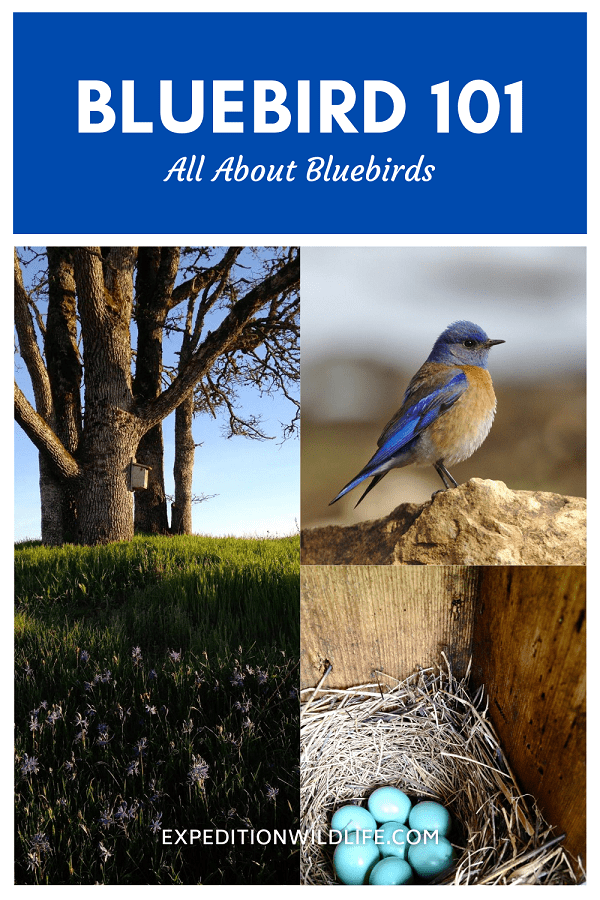


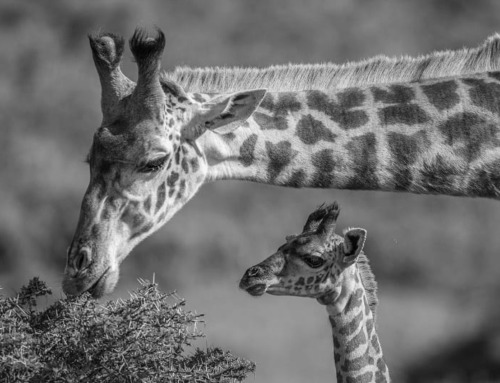
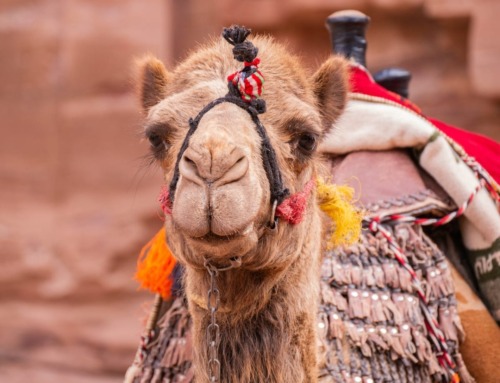
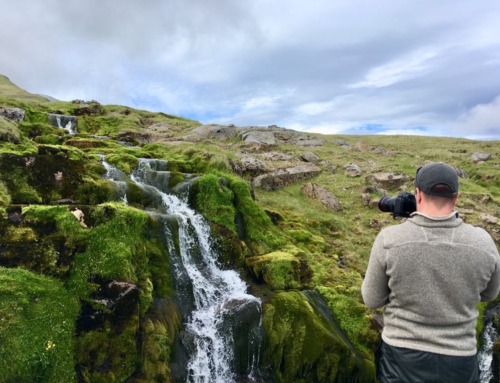


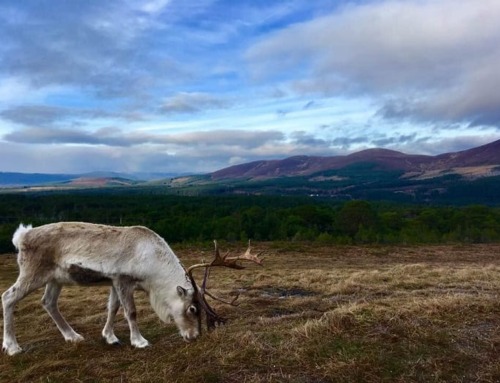
A raccoon took an egg from my bluebird box in dark hours, the adults were ok and around for a couple of days, then went somewhere else. Will my birds ever come back? I’m so sad, and miss them.
Carol, at [email protected]
Hi Carol, it’s always upsetting when a nest gets raided like this. It’s possible another pair of bluebirds will come and check out the box to use later in the season this year or even next year. Often, when a nest gets depredated (and the eggs or young are taken), the birds will move locations to avoid it happening a second time. Do you have a way to put up a baffle under the box to prevent racoons from getting to the box? Fingers crossed they come back!